- Automobiles & Motorcycles
- Beauty & Personal Care
- Business Services
- Chemicals
- Construction & Real Estate
- Consumer Electronics
- Electrical Equipment & Supplies
- Electronic Components & Supplies
- Energy
- Environment
- Excess Inventory
- Fashion Accessories
- Food & Beverage
- Furniture
- Gifts & Crafts
- Hardware
- Health & Medical
- Home & Garden
- Home Appliances
- Lights & Lighting
- Luggage, Bags & Cases
- Machinery
- Measurement & Analysis Instruments
- Mechanical Parts & Fabrication Services
- Minerals & Metallurgy
- Office & School Supplies
- Packaging & Printing
- Rubber & Plastics
- Security & Protection
- Service Equipment
- Shoes & Accessories
- Sports & Entertainment
- Telecommunications
- Textiles & Leather Products
- Timepieces, Jewelry, Eyewear
- Tools
- Toys & Hobbies
- Transportation
How is Copper Sulphate Used on Plants?
Copper sulfate, a chemical compound with the formula CuSO4, is a versatile substance that has various applications in agriculture, including its use on plants. It is a powerful agricultural tool with both beneficial and potentially harmful effects on crops. In this comprehensive guide, we will explore how copper sulfate is used on plants, its advantages, disadvantages, and best practices for its application.
Copper Sulfate as a Fertilizer
Micronutrient Source
Copper is an essential micronutrient for plants, albeit required in small quantities. It plays a crucial role in various metabolic processes, including photosynthesis and respiration. Copper sulfate can be applied as a copper fertilizer to correct copper deficiencies in soils, which can lead to poor plant growth and reduced crop yields.
Dosage and Application
When using copper sulfate as a micronutrient source, it's essential to follow recommended application rates and methods. Copper sulfate should be applied as a soil or foliar treatment in a form that is readily available to plants. The appropriate dosage depends on factors such as soil type, pH, and the specific crop being grown.
Disease Control
Copper sulfate is perhaps most well-known for its role in disease control and prevention in agriculture. It serves as a powerful fungicide and bactericide, helping to protect plants from a variety of diseases.
Fungal Diseases
Copper sulfate effectively controls various fungal diseases, including:
- Downy Mildew: Commonly found in crops like grapes, cucumbers, and lettuce, downy mildew can devastate yields. Copper sulfate inhibits the growth and spread of the pathogen responsible for this disease.
- Powdery Mildew: This fungal disease affects a wide range of plants, from roses to fruit trees. Copper sulfate-based sprays create a protective barrier on plant surfaces, preventing powdery mildew from taking hold.
- Late Blight: Infamous for causing the Irish Potato Famine, late blight affects potatoes and tomatoes. Copper sulfate sprays can help manage this destructive disease.
Bacterial Diseases
Copper sulfate is also effective against various bacterial diseases, such as fire blight in fruit trees and bacterial spot in tomatoes and peppers. By disrupting bacterial cell membranes and interfering with their metabolism, copper sulfate helps control the spread of these pathogens.
Dosage and Application
Proper application of copper sulfate for disease control is critical. Follow label instructions carefully, as over-application can lead to copper buildup in the soil, potentially harming beneficial microorganisms. Copper-based fungicides should be applied preventatively or at the first signs of disease and should cover all plant surfaces thoroughly.
Further reading:Choosing the Right PUR Hot Melt Adhesive: Factors to Consider
What is Sodium sulphide used for?
What is silver powder used for?
Versatile Applications of Zinc Sulfate Monohydrate
Exploring the Versatility of Artificial Grass Adhesive: Top 5 Practical Applications
Will Ivermectin Kill Fleas?
Properties and Applications of SF6 Specialty Gas
Algae and Moss Control
Copper sulfate is used to control algae and moss growth in bodies of water, including ponds, reservoirs, and irrigation systems. Excessive algae and moss can impede water flow, clog irrigation equipment, and negatively impact water quality.
Mechanism of Action
Copper sulfate works by disrupting the cellular processes of algae and moss, ultimately leading to their death. It inhibits photosynthesis, interferes with respiration, and damages cell membranes.
Dosage and Application
When applying copper sulfate to water bodies, it's crucial to calculate the appropriate dosage based on the water volume and the specific algae or moss species present. Overapplication can lead to copper accumulation in the water, which can harm aquatic life. It's essential to follow recommended guidelines and monitor water conditions regularly.
Potential Drawbacks and Considerations
While copper sulfate has numerous benefits, its use also comes with potential drawbacks and environmental considerations.
Phytotoxicity
Copper sulfate can be phytotoxic to some plants, especially when applied in excessive amounts. It may cause leaf damage, reduced growth, or other adverse effects in sensitive species. Therefore, it's crucial to be selective in its use and to follow recommended dosage guidelines.
Copper Accumulation
Repeated and excessive use of copper sulfate can lead to copper accumulation in soil and water. High copper levels can harm beneficial soil microorganisms and aquatic ecosystems. To mitigate this risk, it's essential to use copper sulfate judiciously and monitor soil and water conditions regularly.
Resistance
Over time, some pathogens can develop resistance to copper-based treatments. To combat resistance, it's advisable to rotate or combine copper sulfate with other fungicides or bactericides and practice good cultural and sanitation practices.
Conclusion
Copper sulfate is a valuable tool in agriculture with various applications for plant nutrition, disease control, and algae/moss management. When used judiciously and in accordance with recommended guidelines, it can contribute to healthier crops and improved water quality. However, it's essential to be mindful of potential drawbacks, such as phytotoxicity and copper accumulation, and to follow best practices for its application to maximize its benefits while minimizing its environmental impact.
As with any agricultural chemical, it's crucial to read and follow label instructions carefully, seek advice from local agricultural extension services or experts, and consider the specific needs of your crops and growing conditions when using copper sulfate on plants.
Xylazine: Understanding its Uses, Effects, and Risks
What are the uses of bleaching powder?
WHAT ARE SURFACTANTS AND HOW DO THEY WORK?
Innovating the Future: Formaldehyde Production Plants for Sustainable Chemical Manufacturing
Applications of Silicone Hydrophobic Powder
Unlocking the Potential of Wood Cellulose Fiber: A Comprehensive Guide
Custom Organic Synthesis Services Q&A: Tailoring Molecules for Scientific Breakthroughs
Related Articles
If you are interested in sending in a Guest Blogger Submission,welcome to write for us!




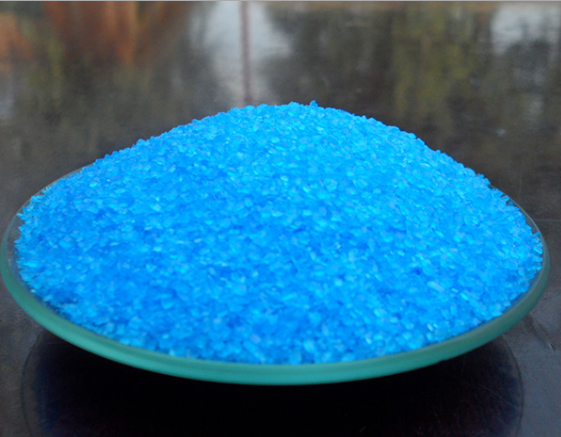

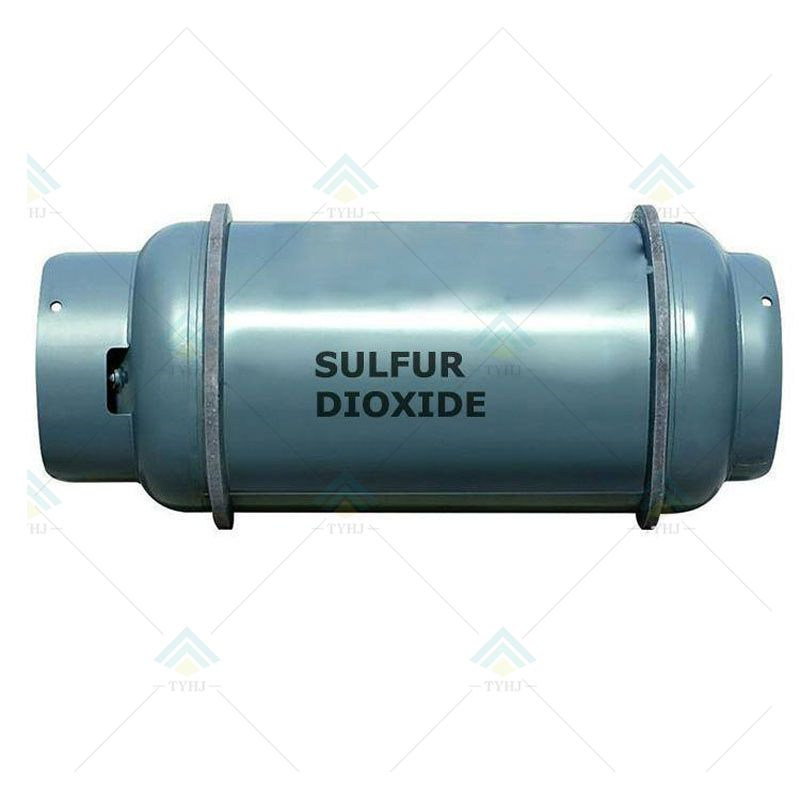
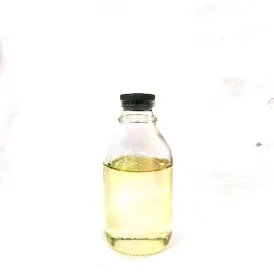
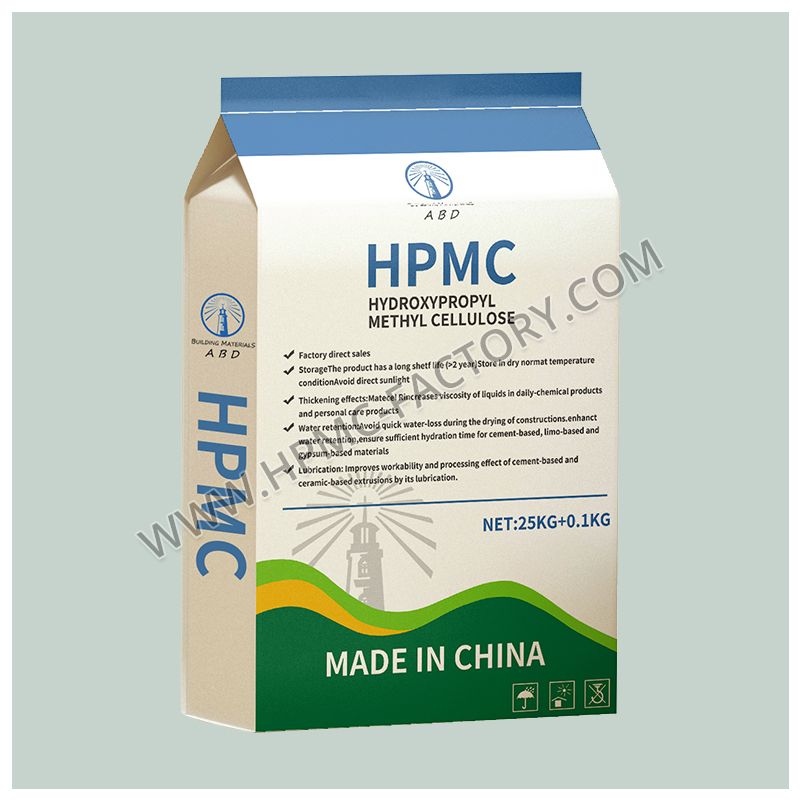

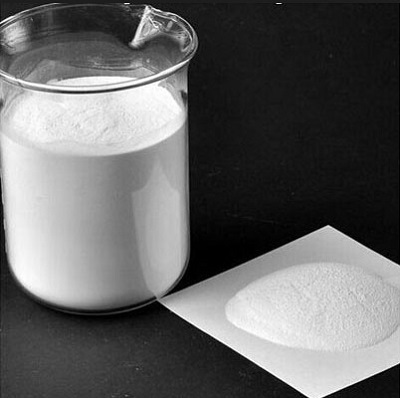
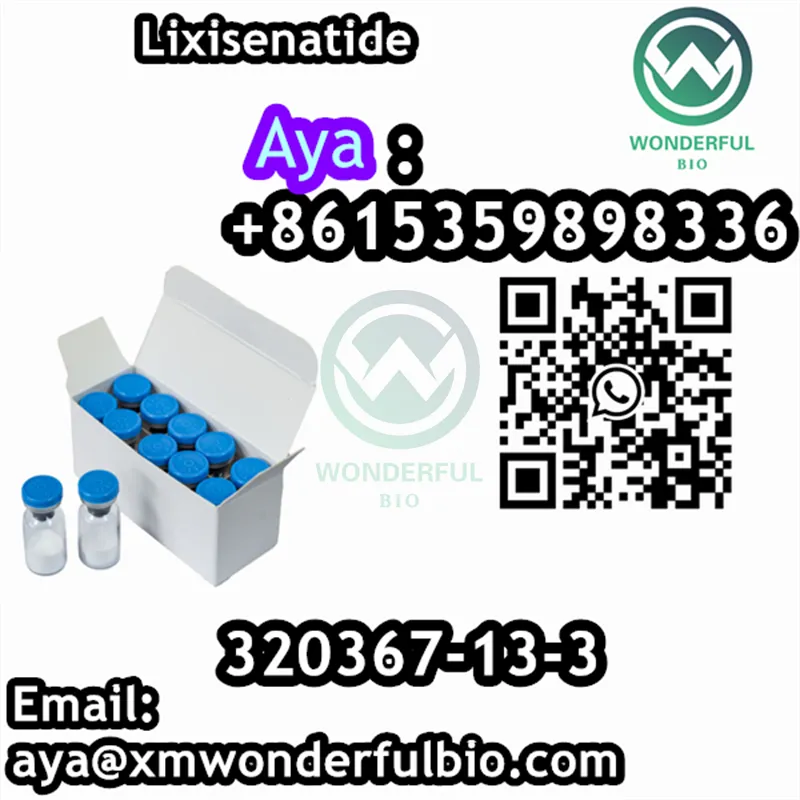

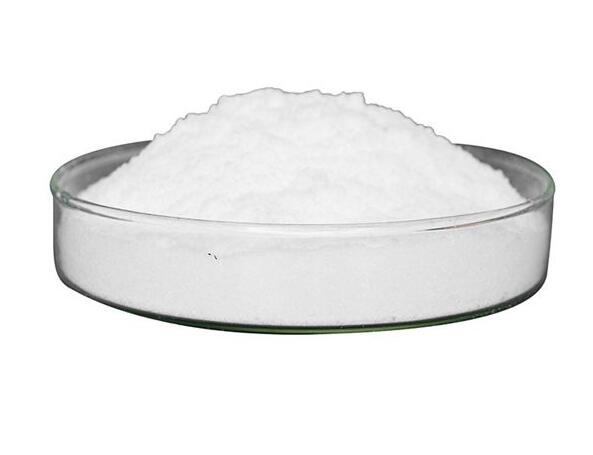
Comments
0